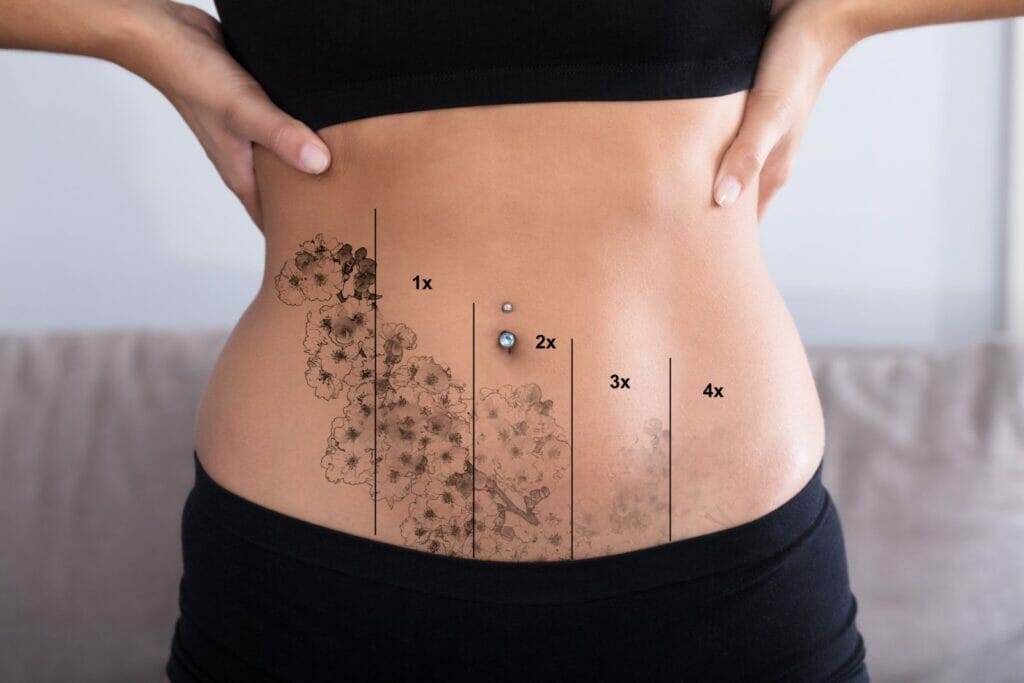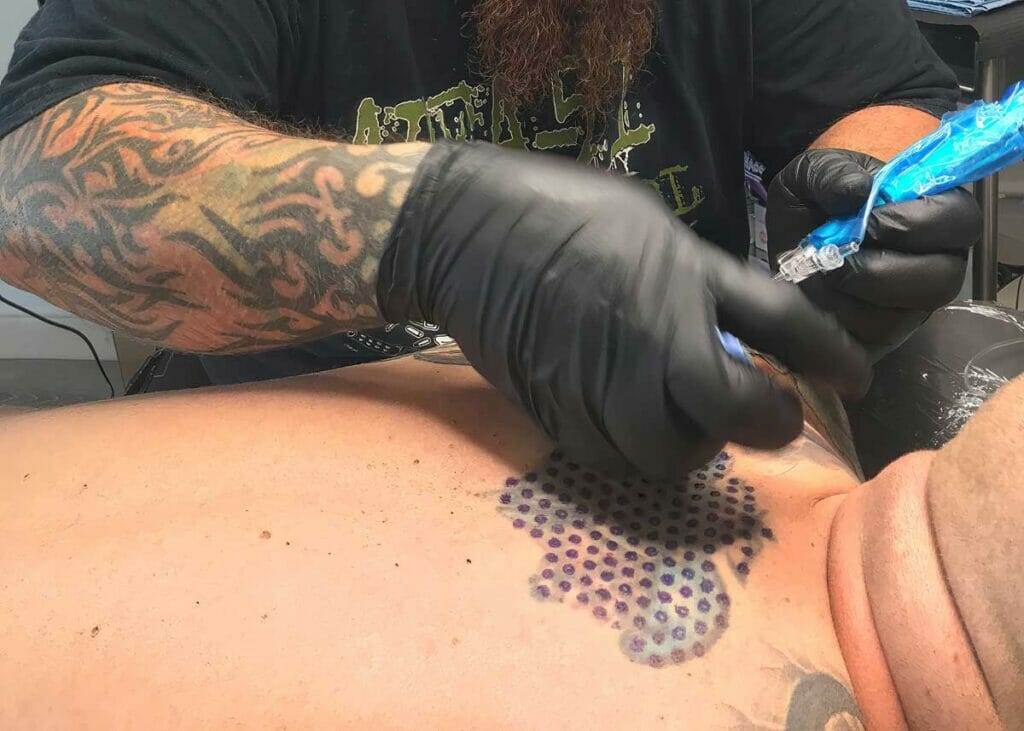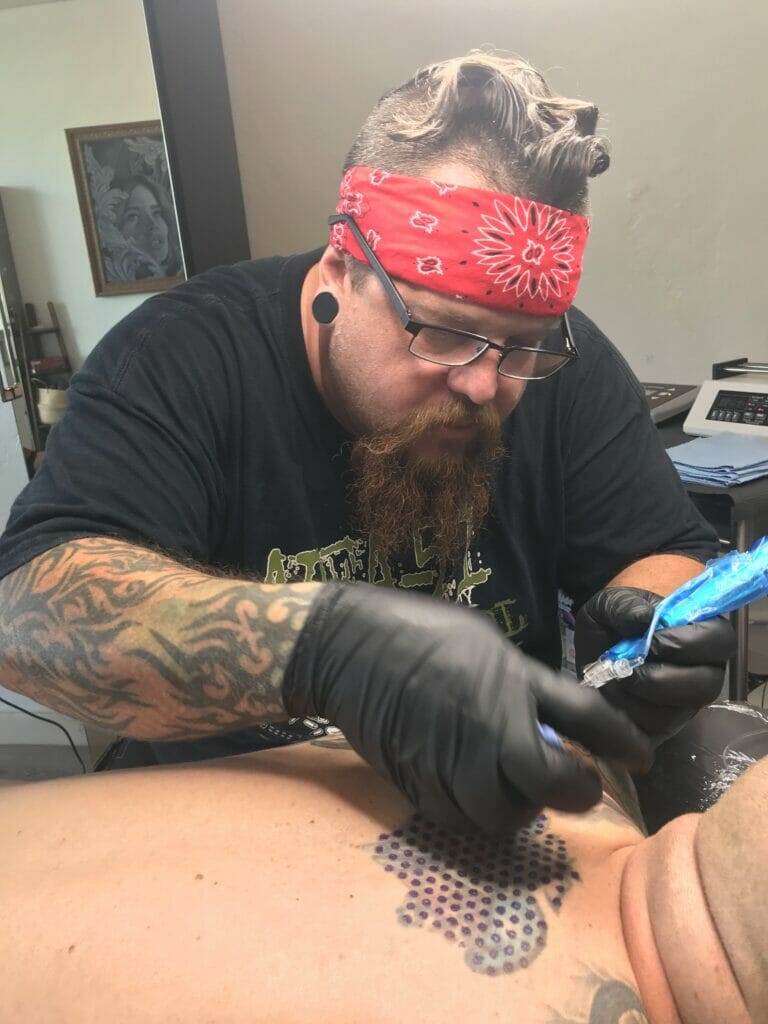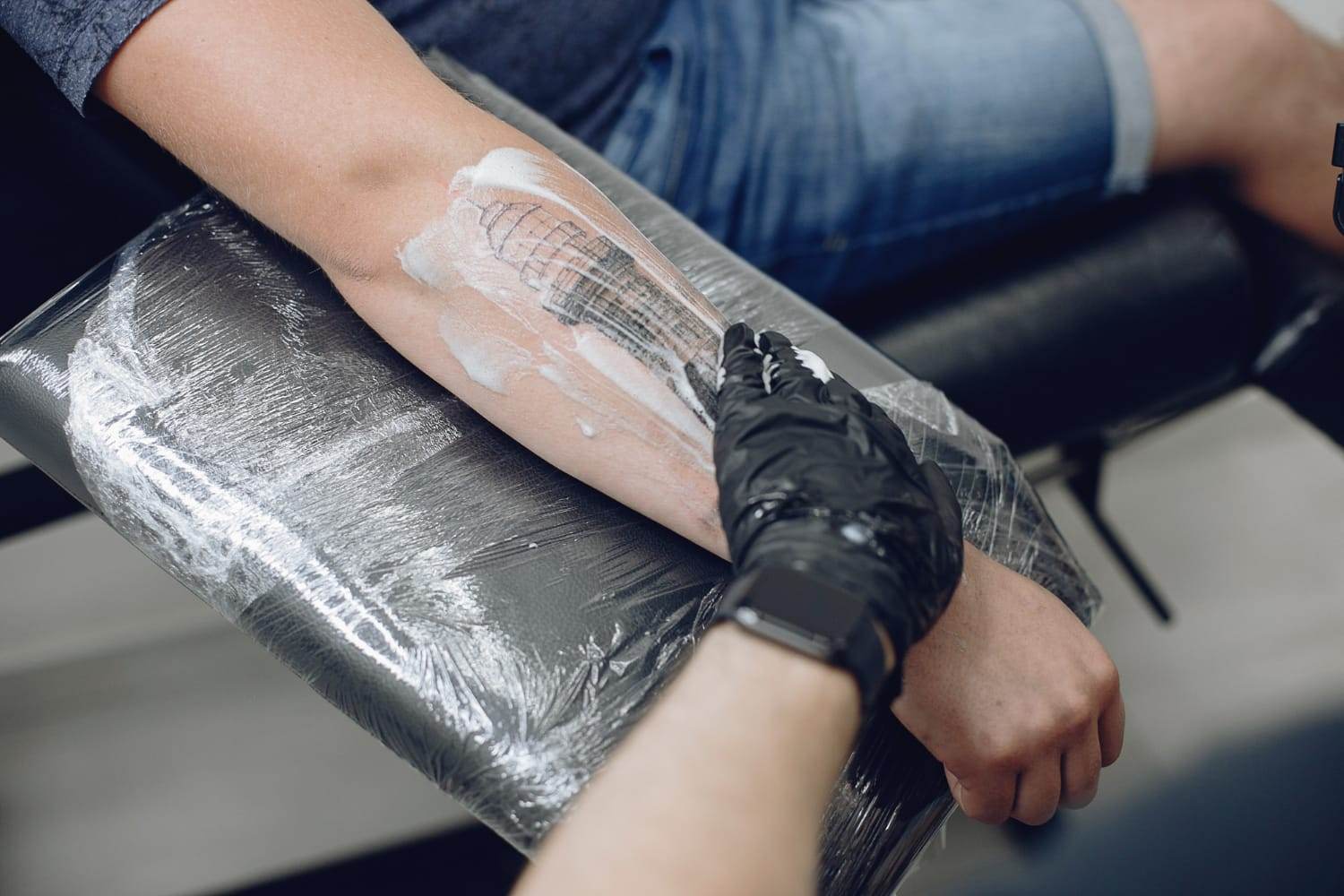Having a tattoo that you regret can be a painful experience, both emotionally and physically. Whether it’s a name of an ex-lover or a design that no longer holds meaning to you, the constant reminder of a regrettable tattoo can take a toll on your self-esteem and overall well-being. In the past, the traditional method of tattoo removal was laser removal, which often came with its own set of drawbacks. However, there is now a non-laser tattoo removal option available that offers a more effective and less painful solution.
What is Non-Laser Tattoo Removal?
Non-laser tattoo removal is a method of removing tattoos without the use of lasers. Unlike laser removal, which uses high-intensity light beams to break down the ink particles in the skin, non-laser tattoo removal utilizes different techniques to achieve the same result. Some of the non-laser tattoo removal methods include dermabrasion, chemical peels, and tattoo removal creams.
How Does Non-Laser Tattoo Removal Work?
Non-laser tattoo removal works by targeting the ink particles in the skin and breaking them down so that they can be naturally eliminated by the body. The science behind non-laser tattoo removal varies depending on the technique used. For example, dermabrasion involves using a high-speed rotary tool to remove the top layers of skin, taking the ink particles with it. Chemical peels use acid solutions to exfoliate the skin and fade the tattoo over time. Tattoo removal creams work by penetrating the skin and breaking down the ink particles.
Benefits of Non-Laser Tattoo Removal
One of the main benefits of non-laser tattoo removal is that it is generally less painful than laser removal. Laser removal can be quite uncomfortable, often described as feeling like rubber bands snapping against the skin. Non-laser methods, on the other hand, tend to be less intense and more tolerable. Additionally, non-laser tattoo removal is known to have fewer side effects and a lower risk of scarring compared to laser removal.
Another benefit of non-laser tattoo removal is its cost-effectiveness. Laser removal can be quite expensive, often requiring multiple sessions to achieve the desired results. Non-laser methods, on the other hand, are generally more affordable and may require fewer sessions. This makes non-laser tattoo removal a more accessible option for those who are on a budget.
Comparing Non-Laser Tattoo Removal to Laser Removal
When comparing non-laser tattoo removal to laser removal, there are several factors to consider. Laser removal is often considered the gold standard in tattoo removal due to its effectiveness in breaking down ink particles. However, it can be quite painful and may require multiple sessions to achieve complete removal. Non-laser methods, on the other hand, are generally less painful and may require fewer sessions. However, they may not be as effective in completely removing all colors of ink.
Who is a Good Candidate for Non-Laser Tattoo Removal?
Non-laser tattoo removal is suitable for most people who want to remove their tattoos. However, there are certain factors that may make someone a better candidate for non-laser tattoo removal. For example, individuals with darker skin tones may be more prone to hyperpigmentation or hypopigmentation after laser removal, making non-laser methods a safer option. Additionally, those with sensitive skin or a low pain tolerance may find non-laser methods more tolerable.
It’s important to note that there may be limitations or restrictions for non-laser tattoo removal depending on the size, color, and location of the tattoo. It’s best to consult with a professional tattoo removal specialist to determine if you are a good candidate for non-laser tattoo removal.
What to Expect During Non-Laser Tattoo Removal Sessions
During non-laser tattoo removal sessions, you can expect the treated area to be cleaned and prepped before the removal process begins. The specific technique used will depend on the method chosen, whether it’s dermabrasion, chemical peels, or tattoo removal creams. The process may take several sessions to achieve the desired results, with each session spaced a few weeks apart to allow the skin to heal.
While non-laser tattoo removal is generally less painful than laser removal, there may still be some discomfort or pain experienced during the sessions. This can vary depending on the individual’s pain tolerance and the specific method used. However, most people find the pain to be manageable and worth it for the end result of removing their regrettable tattoo.
How Many Sessions are Needed for Non-Laser Tattoo Removal?

The number of sessions needed for non-laser tattoo removal can vary depending on several factors, including the size, color, and location of the tattoo. Generally, multiple sessions are required to achieve complete removal. On average, it may take anywhere from 5 to 15 sessions spaced several weeks apart to see significant fading or complete removal of a tattoo.
It’s important to keep in mind that each individual’s response to non-laser tattoo removal may vary. Some tattoos may respond more quickly to the treatment, while others may require more sessions. It’s best to consult with a professional tattoo removal specialist who can assess your specific situation and provide a more accurate estimate of the number of sessions needed.
Risks and Side Effects of Non-Laser Tattoo Removal
While non-laser tattoo removal is generally considered safe, there are potential risks and side effects that should be taken into consideration. Some of the risks include infection, scarring, hyperpigmentation, hypopigmentation, and allergic reactions to the products used during the removal process. It’s important to choose a reputable and experienced tattoo removal specialist who can minimize these risks and provide proper aftercare instructions.
Before undergoing non-laser tattoo removal, it’s important to disclose any medical conditions or allergies you may have to ensure that the treatment is safe for you. It’s also important to follow the aftercare instructions provided by your tattoo removal specialist to minimize the risk of complications.
Aftercare for Non-Laser Tattoo Removal
After undergoing non-laser tattoo removal, it’s important to take proper care of the treated area to promote healing and minimize the risk of complications. This may include keeping the area clean and dry, avoiding direct sunlight, wearing loose clothing, and applying any prescribed ointments or creams. It’s also important to avoid picking at scabs or scratching the treated area to prevent infection or scarring.
It’s best to follow the aftercare instructions provided by your tattoo removal specialist and reach out to them if you have any concerns or questions during the healing process. They can provide guidance and support to ensure that your skin heals properly and that you achieve the best possible results.

Moving Forward with a Clean Slate
Having a regrettable tattoo can be a painful experience, but non-laser tattoo removal offers a solution for those who want to move forward with a clean slate. With its less painful and more cost-effective approach, non-laser tattoo removal provides an accessible option for removing tattoos that no longer hold meaning or bring joy.
While laser removal may still be considered the gold standard in tattoo removal, non-laser methods offer their own set of benefits and advantages. By understanding the different techniques and considering factors such as pain tolerance and skin type, individuals can make an informed decision about which method is best for them.
Ultimately, the goal of non-laser tattoo removal is to help individuals regain their confidence and embrace their true selves without the burden of regrettable tattoos. By considering non-laser tattoo removal as an option, individuals can take the first step towards a fresh start and a brighter future.








